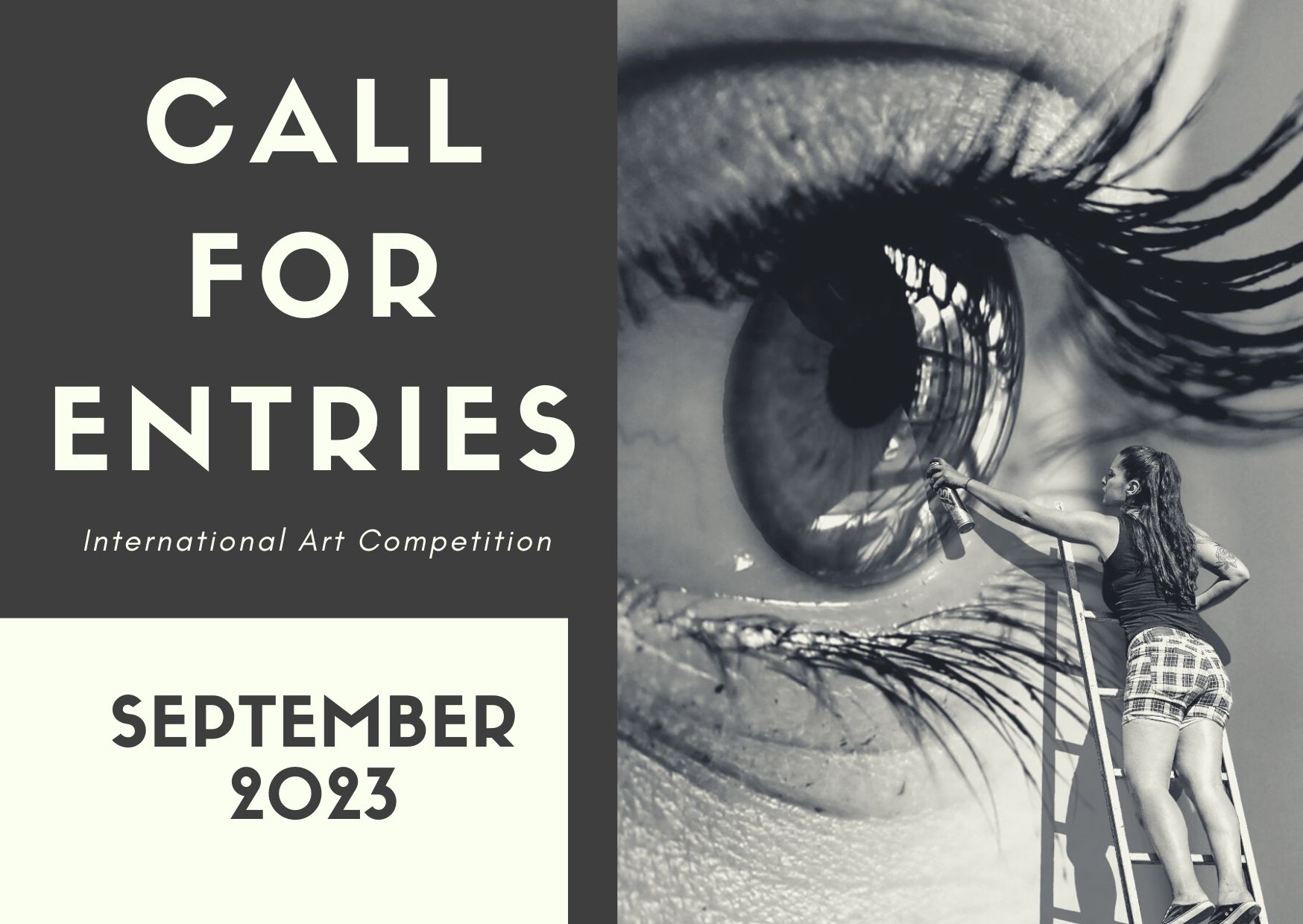Cultural Portraits Across Time: A Historical Review
페이지 정보
작성자 Cora Jonas 작성일25-05-21 04:21 조회405회 댓글0건관련링크
본문
One of the earliest forms of portraiture can be seen in ancient Greek art, where intricate and often symbolic depictions of leaders and other high-ranking officials were used to convey their social standing. These early portraits were characterized by their strict adherence to traditional styles, with ornate accessories and angular facial features that seemed almost stylized.

A significant departure from these traditional forms of portraiture can be seen in the works of the ancient Romans. During the Classical period, Roman artists began to focus on the human form in a more expressive way. This is reflected in the works of artists such as Phidias, who created intricate sculptures and frescoes that captured the subtleties of the human face. Greek portraiture often emphasized the importance of the community, with a focus on their inner qualities and character traits.
The Middle Ages marked a significant turning point in the history of portraiture. Artists such as Raphael began to experiment with new techniques and mediums, such as sculpture in the round. These artists sought to capture the full depth and complexity of their subjects, often using simple settings to reinforce their importance.
During the 17th and 18th centuries, portraiture became increasingly popular among the rising upper class. Artists such as Rembrandt created rich portraits that seemed to capture the very spirit of their subjects. These artists often worked in a more expressive manner than their predecessors, relying on their intuition and experience to capture the subtleties of the human face.
The 19th and 20th centuries saw a significant shift in the way that portraiture was approached. With the rise of photography, artists such as Pablo Picasso began to question the very notion of what constitutes a portrait. They often experimented with fragmented forms, reflecting the fragmentation of modern life.
Today, portraiture continues to thrive in a wide range of forms and styles. From digital art contest to photography, artists continue to explore new and imaginative ways of capturing the spirit of the human face and spirit. Whether formal and traditional, portraiture remains an enduring aspect of human cultural expression.
Throughout its long and winding history, portraiture has provided us with a unique window into the world of the past. By examining the varied and often fascinating forms of portraiture, we are able to gain insights into the cultural contexts of the time. Through this lens, we can explore the complexities and subtleties of the human experience, and gain a greater understanding of ourselves and our place in the world.
댓글목록
등록된 댓글이 없습니다.

